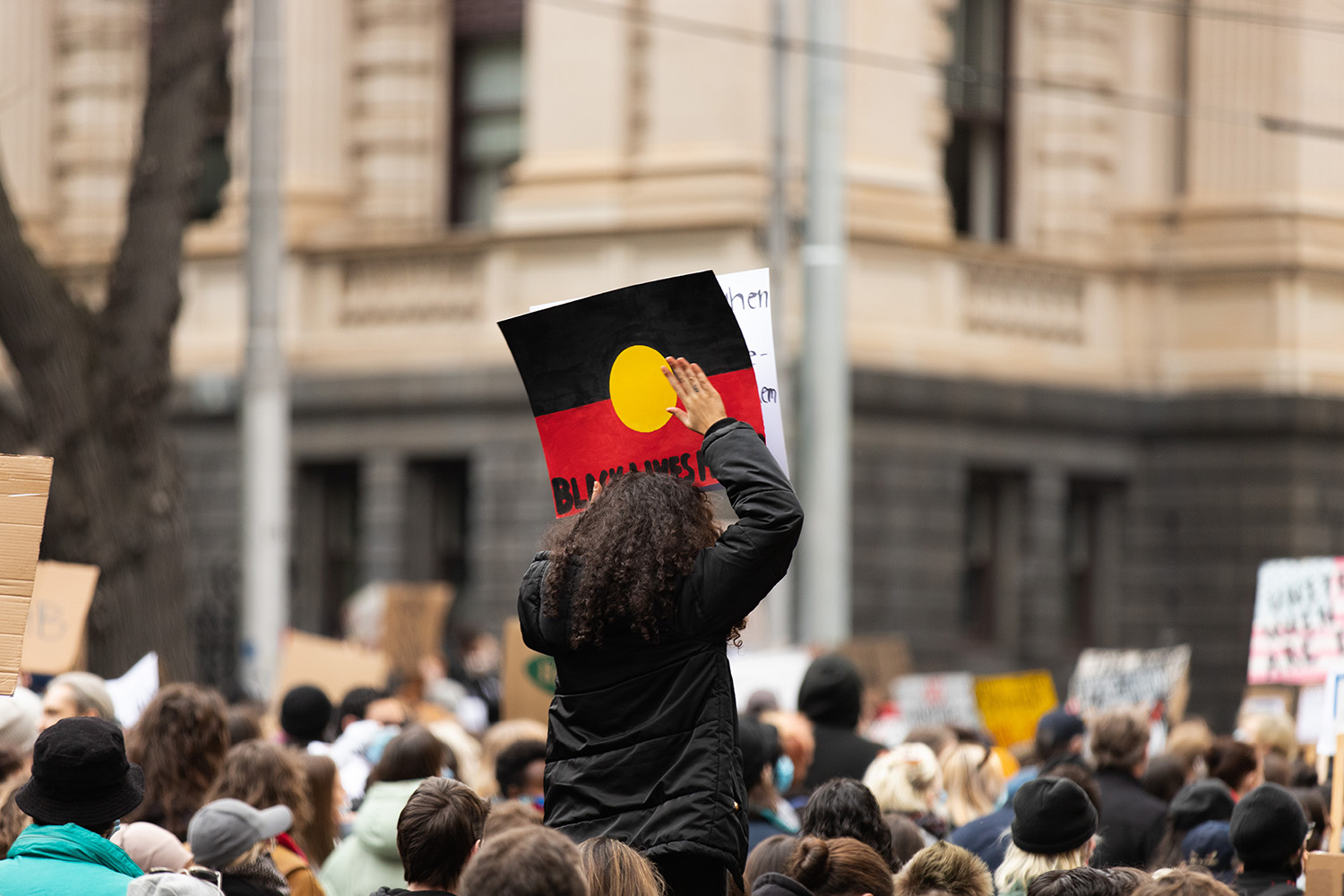30 years on from the conclusion of The Royal Commission into Aboriginal Deaths in Custody (‘RCIADIC’), the experience and interaction of Indigenous peoples with the Australian criminal justice system remains as daunting as ever.
Since 1991, at least 475 Indigenous people have died in custody and incarceration rates have risen at an alarming and grossly disproportionate rate. In 2020, there were 12,456 Indigenous Australians in prison across the country, up from 7,507 in 2010. Indigenous Australians make up around 2% of the population but they constitute 27% of the national prison population. Between 2006 and 2016, their rate of incarceration increased by 41%. Compared to non-Indigenous Australians, Indigenous people were 12.5 times more likely to receive a sentence of imprisonment. Indigenous youth are imprisoned 22 times the rate at which their non-Indigenous counterparts are.
Whilst the causes underlying these grossly disproportionate statistics find their roots in historic and persisting socioeconomic inequities, much has been said about the role of the legal system in its capacity to ameliorate the position of Indigenous offenders.
One particular area of focus has been the role of sentencing courts. Various stakeholders are calling for an explicit legislative provision that requires courts nationwide, to consider systemic and background factors that are unique to Indigenous Australians, before deciding on the appropriate sentence. Whilst similar provisions and in varying extent, exist in ACT, Queensland and South Australia, the call is for uniform nationwide reform.
Conflict arises between differing interpretations of the concept of substantive equality and in the administration of individualised criminal justice.
On the one side, stakeholders argue that facts and circumstances that exist by reason of an offender’s Indigenous identity should attract full consideration (or judicial notice) from the courts and that as much is demanded by the principle of equality before the law. Adequate consideration must be afforded to the complex and collective postcolonial Indigenous experience. An experience marred with dispossession, disenfranchisement, poor health, inadequate housing, violence, and endemic substance abuse. The argument is that this practice will produce more just sentencing outcomes that are culturally appropriate and conducive to rehabilitation, healing, and reform.
Others argue that giving special consideration to the systemic background of deprivation of Indigenous offenders would be antithetical to individualised justice and that viewing Indigenous offending as less serious than other ethnicities would be contrary to principle. The High Court considered the proposition in Bugmy v The Queen [2013] HCA 27. Noting that their position hinged on the absence of a specific provision directing the Court to give particular attention to the circumstances of Aboriginal people, they stated:
“There is no warrant, in sentencing an Aboriginal offender in New South Wales, to apply a method of analysis different from that which applies in sentencing a non-Aboriginal offender. Nor is there a warrant to take into account the high rate of incarceration of Aboriginal people when sentencing an Aboriginal offender. Were this a consideration, the sentencing of Aboriginal offenders would cease to involve individualised justice”.
Heard by the High Court together with Bugmy, in the case of Munda v Western Australia (2013) 249 CLR 600, the Court observed that the acceptance of Indigenous identity as a subjective factor capable of mitigating culpability would be to deny Aboriginal people their full measure of human dignity.
Given the fact that in both Bugmy and Munda, the Court’s interpretation of individualised justice was expressed in light of the absence of any specific legislative provision directing them to consider Aboriginality, the question is then, is it time for change? The disproportional increase in rates of Indigenous incarceration has not slowed since those judgments were handed down, in 2013.
In 2017, the Australian Law Reform Commission (‘ALRC’) published a report named ‘Pathways to Justice – An Inquiry into the Incarceration Rate of Aboriginal and Torres Strait Island Peoples’; within which they listed a number of law reform recommendations with the aim of reducing disproportionate Indigenous incarceration rates. The ALRC recommended that sentencing legislation should take into account unique systemic and background factors affecting Indigenous people. They observed that merely taking subjective disadvantage into account was an insufficient response to the problem.
In contrast to the view taken by the High Court in Munda, the International Commission of Jurists asserted that disconnecting their unique history of social disadvantage from their criminality was in fact contrary to recognising the human dignity of Indigenous offenders. Given the worsening incarceration rates since Bugmy, the Human Rights Law Centre said that ‘it is now incumbent on state and territory governments to legislate to ensure that historical and systemic factors that have contributed to Aboriginal and Torres Strait Islander people’s over-imprisonment inform decisions by courts about whether or not to imprison.’
Practically, the proposition summarised in the ALRC report is the introduction of a two-step process. First, sentencing courts should take judicial notice of the historic experience and over-incarceration of Indigenous people. Second, an assessment should be made as to the link between an individual offender’s observable criminogenic factors and the collective experience of Indigenous people.
The ALRC proposes outsourcing an assessment by a specialist committee consisting of legal institutions and Indigenous community leaders. As such, findings would take the form of ‘Indigenous Experience Reports’ that would form part of pre-sentence reports. If such a process was legislated, these reports would allow judges to consider the full depth and substance of unique systemic factors affecting Indigenous offenders.
Whilst the two-step proposal appears to attenuate the danger of mitigation by virtue of race, it is still uncertain whether it effectively overcomes the risk of eroding the broader principles of individualised justice. What is also unclear, due to the limited influence sentencing practices have on incarceration rates, is how effective such a proposal would be in addressing underlying issue it seeks to resolve.
Umar Ikram, Graduate Lawyer
